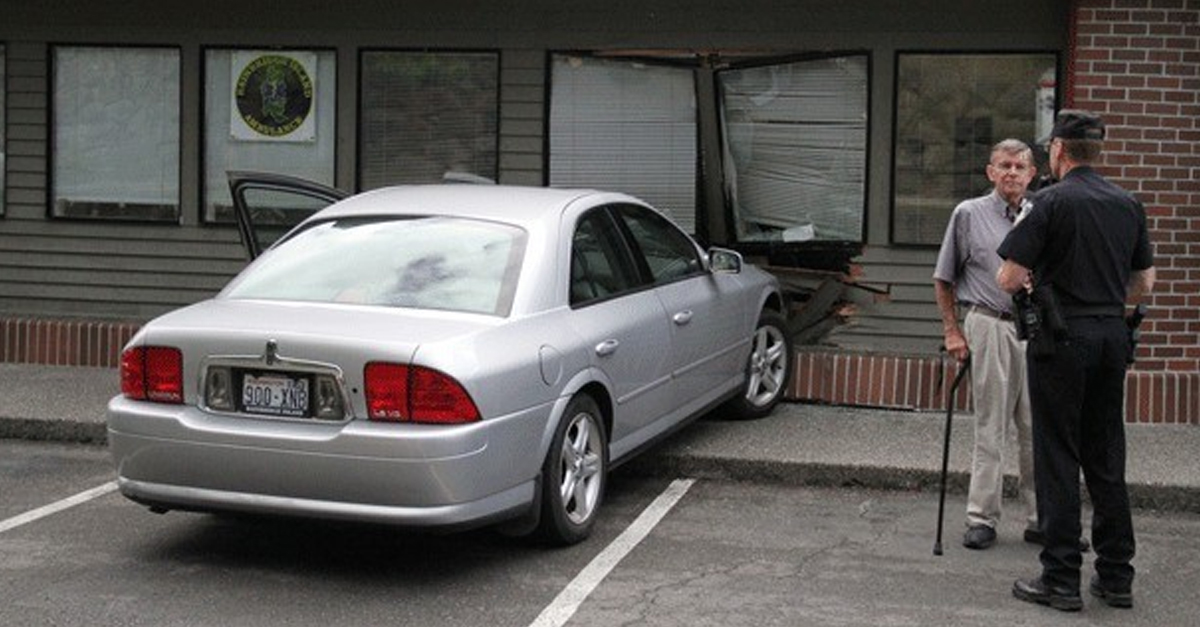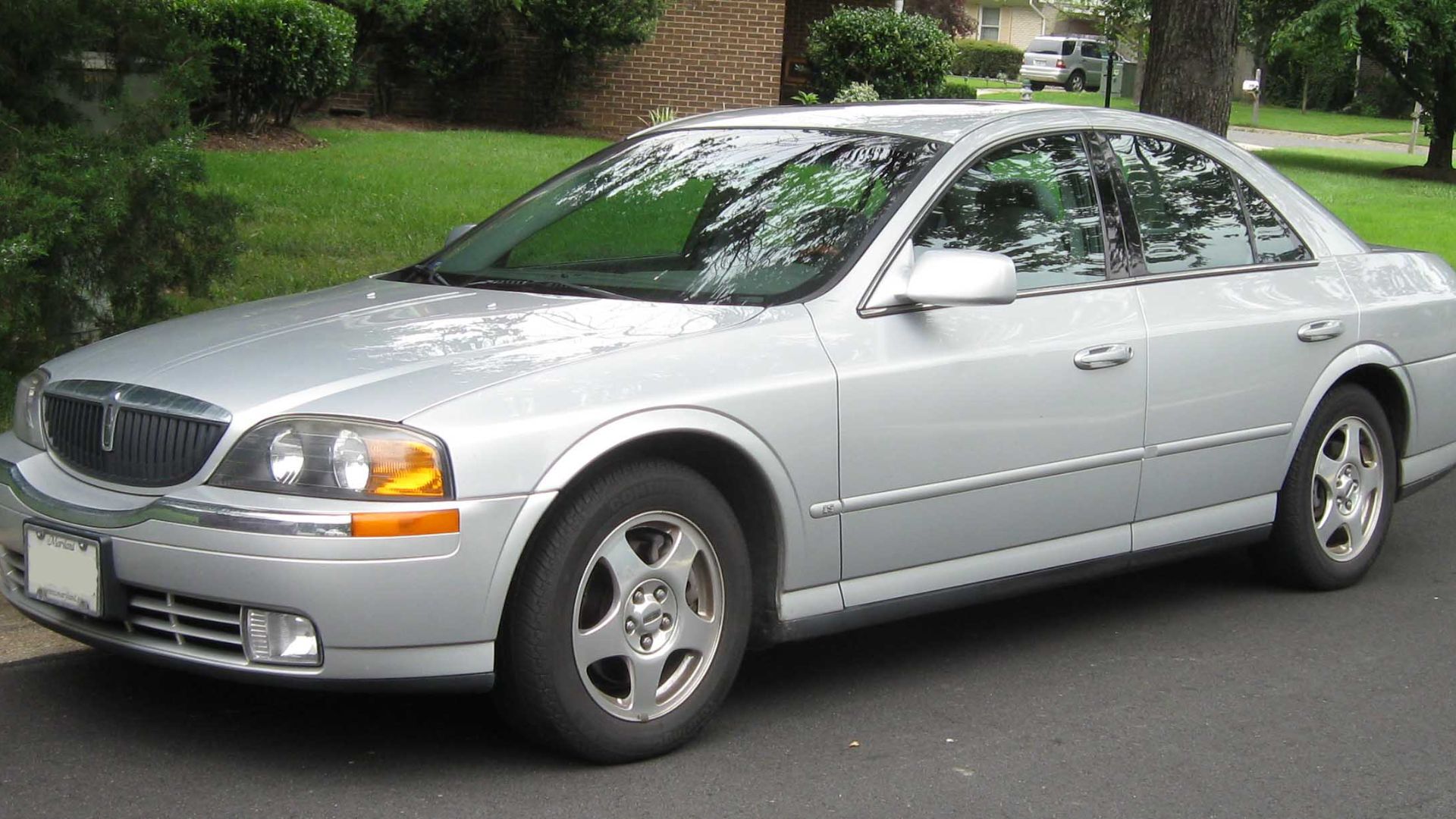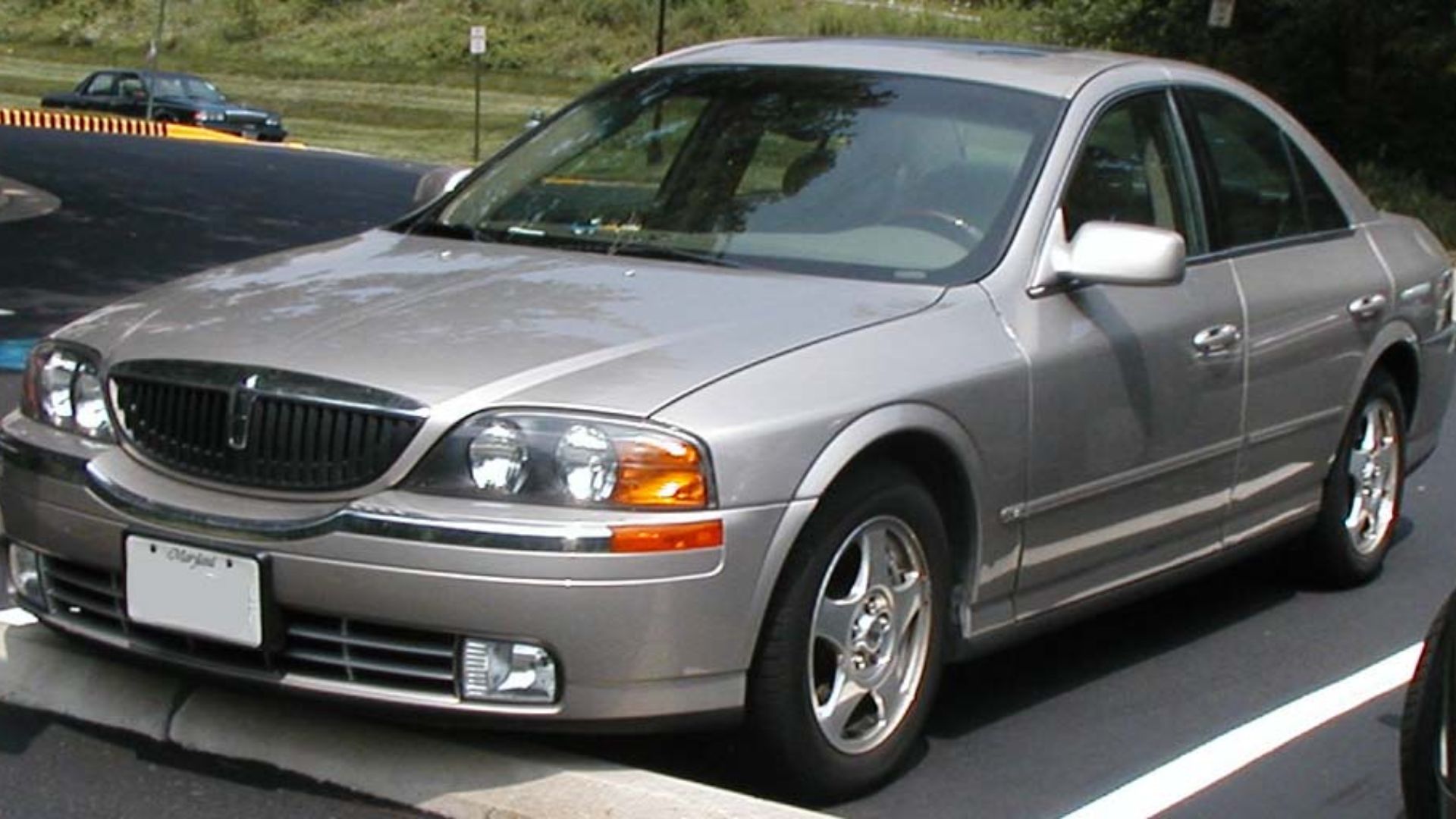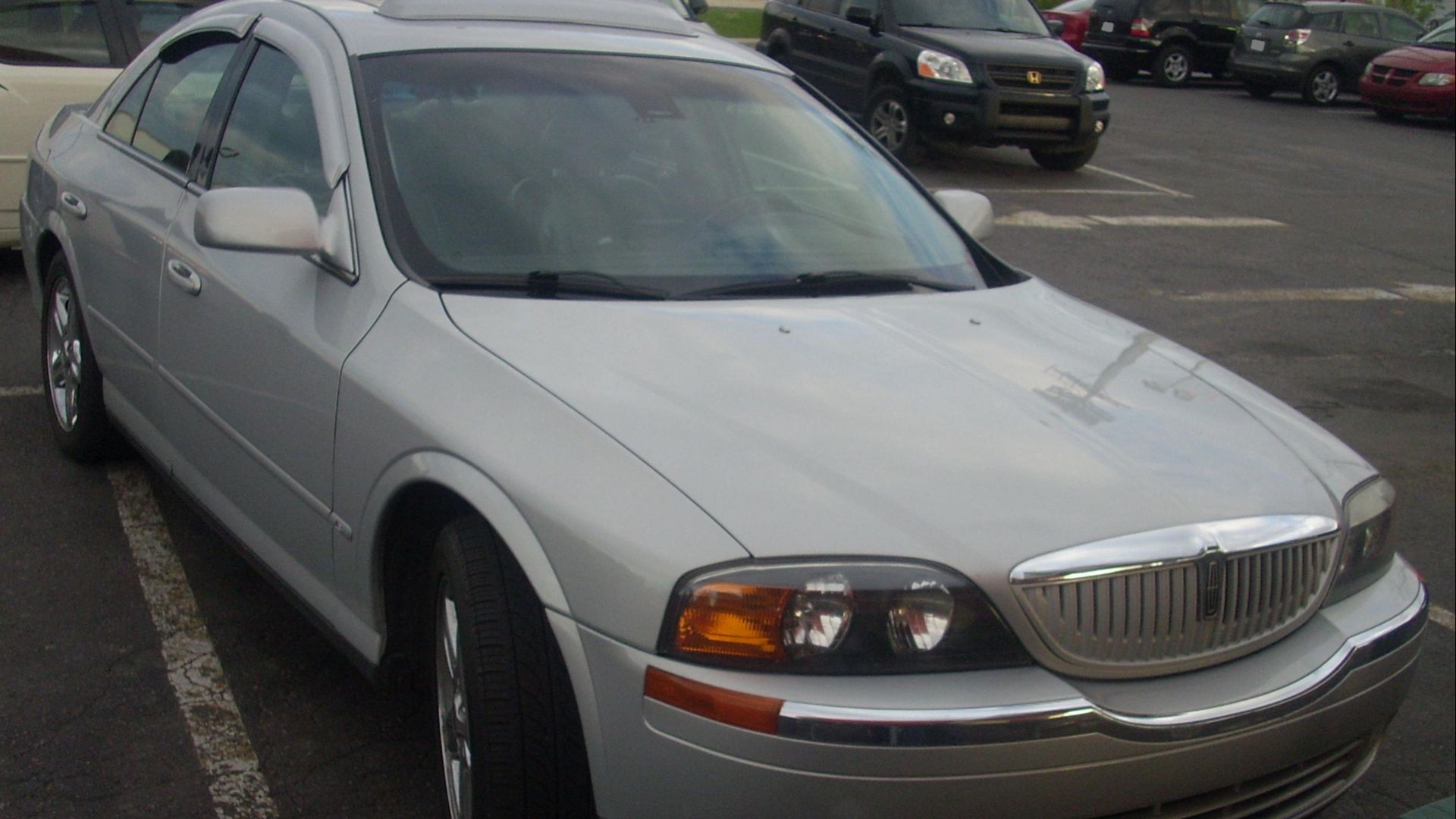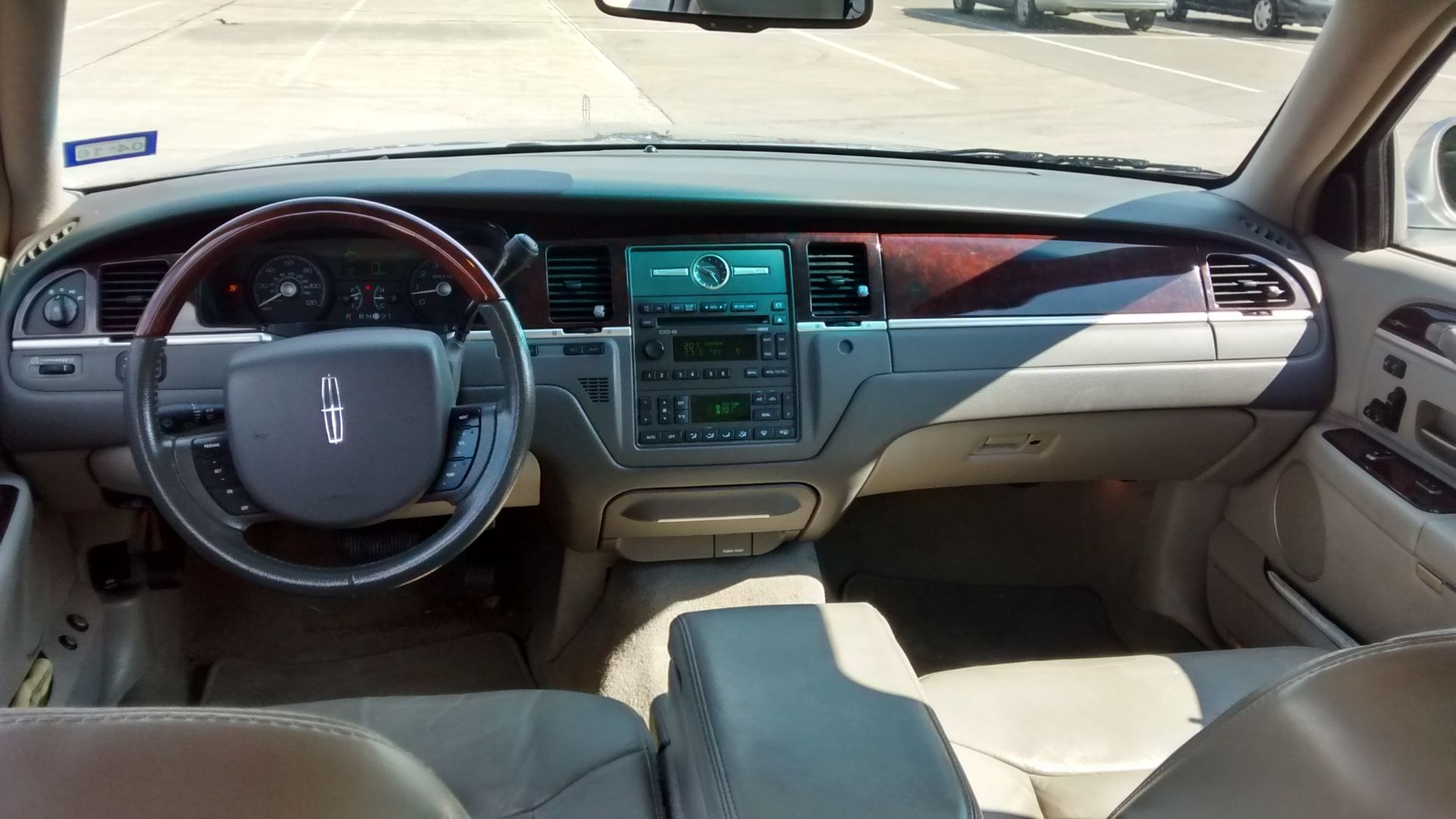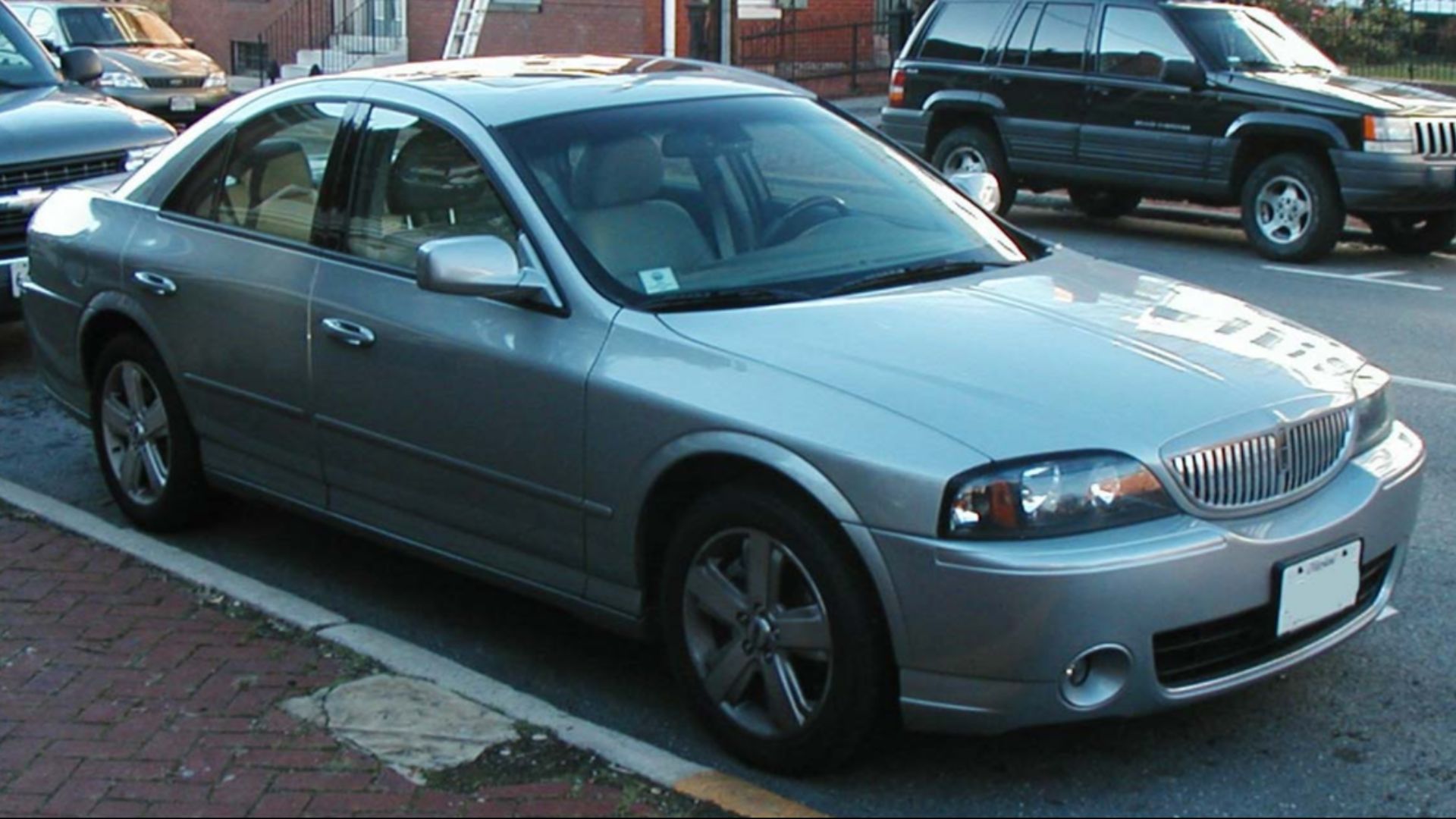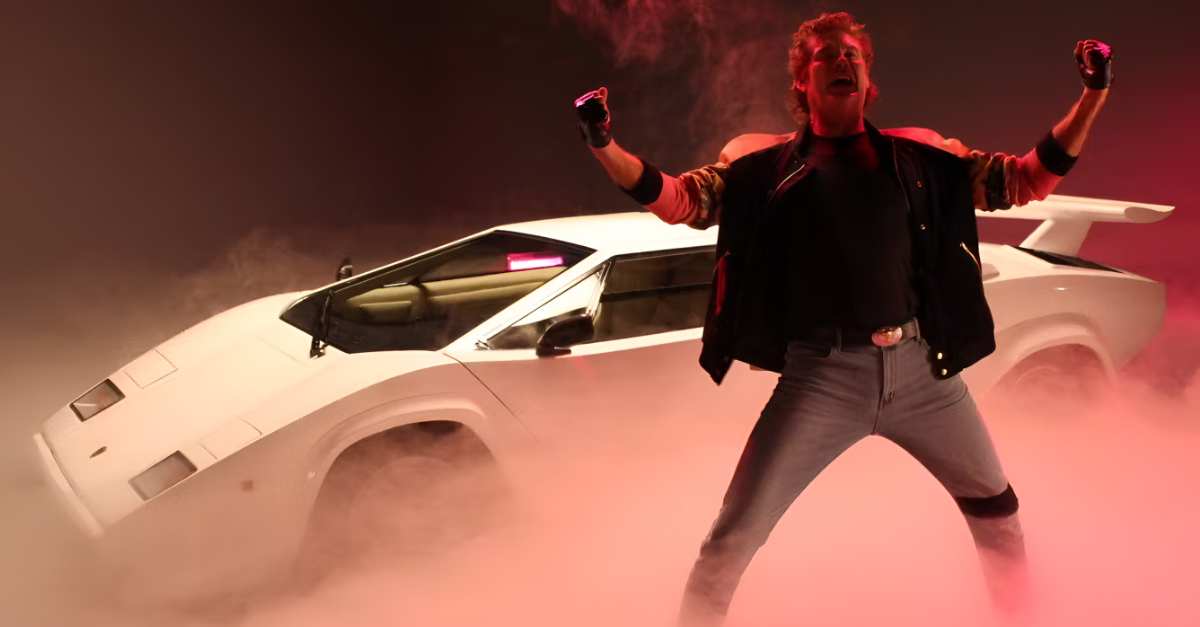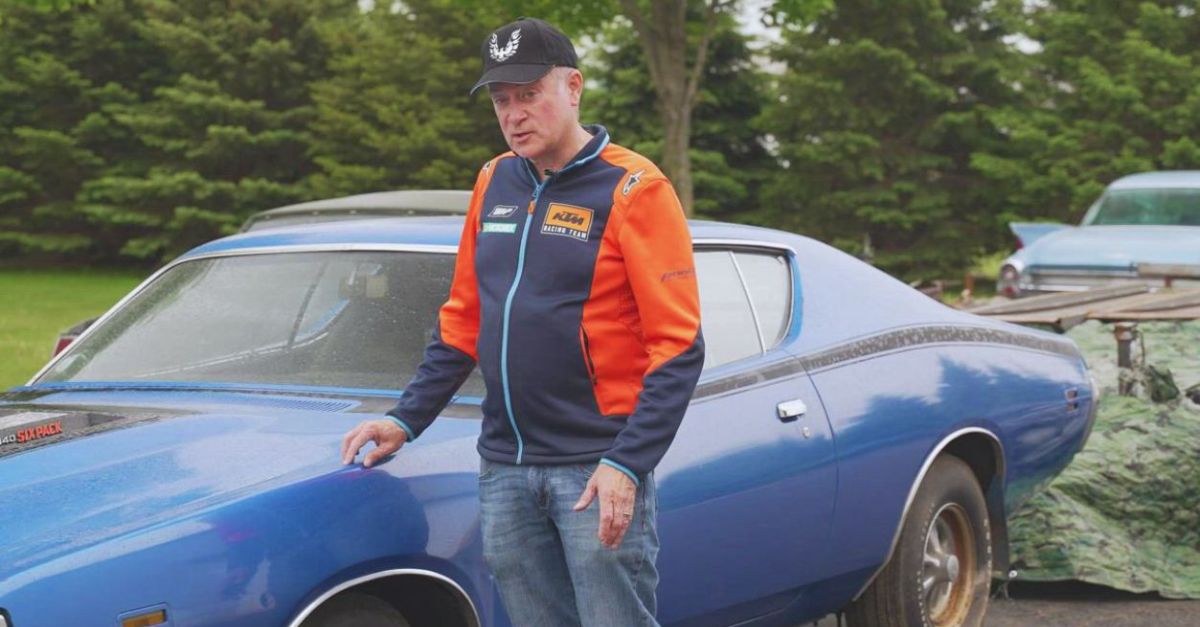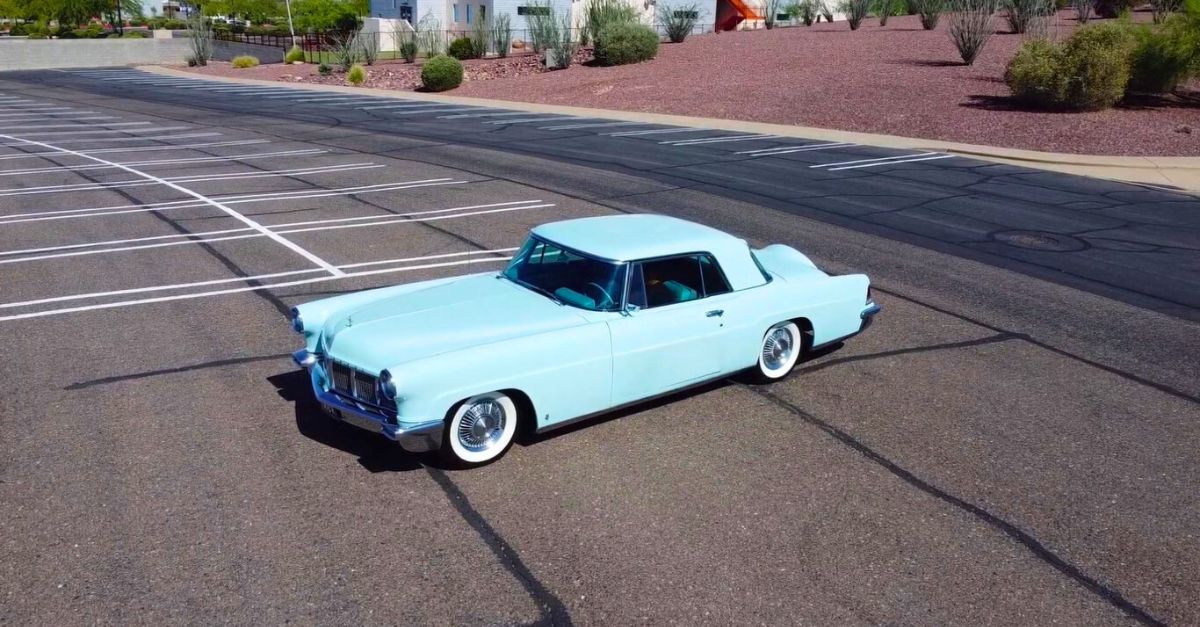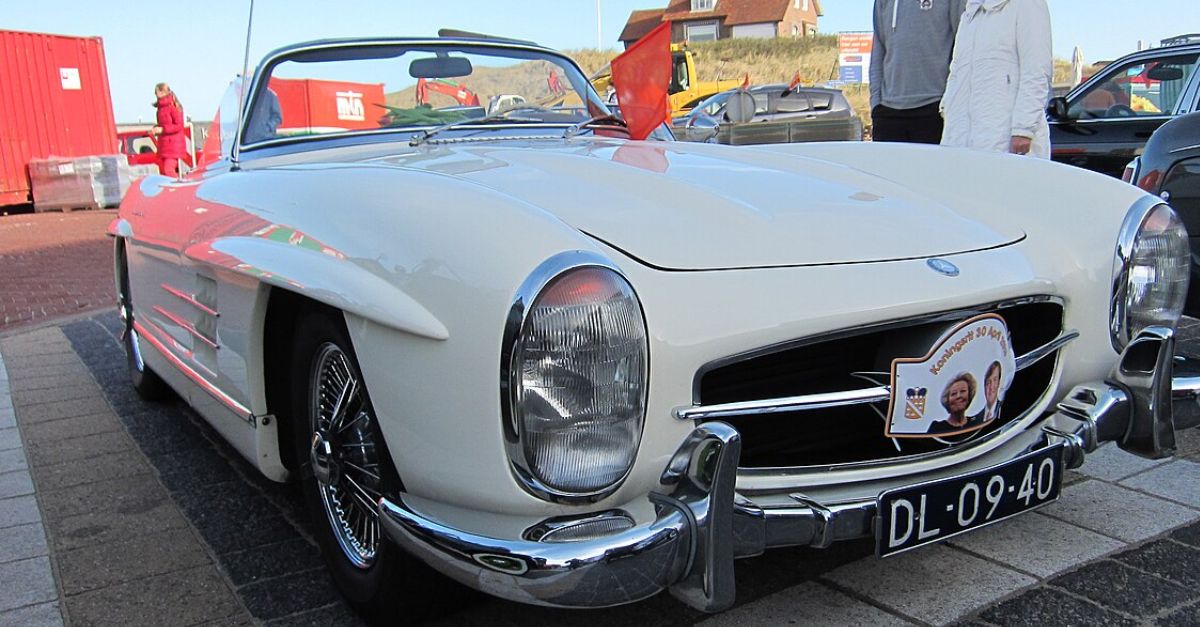A New Turn for Lincoln
Lincoln introduced the LS for the 2000 model year as a rear-wheel-drive, five-passenger sedan aimed at the mid-size luxury class. It arrived in June 1999 and was sold primarily in North America.
Lincoln hoped it could open up a whole new market for them with the American consumer. It didn't work out quite as they planned.

Built on a Global Platform
The LS debuted Ford’s DEW98 architecture, a midsize rear-drive platform co-developed with Jaguar. This chassis also underpinned the Jaguar S-Type and the 2002–2005 Ford Thunderbird.
European-Style Layout and Balance
Engineers targeted a near 50/50 weight distribution and a sport-sedan character uncommon for Lincoln at the time. The configuration included a front-engine, rear-wheel-drive layout across the range.
Two Engines, Two Personalities
Buyers could choose a 3.0-liter V6 or a 3.9-liter DOHC V8. Early V6 models could be paired with a Getrag five-speed manual, while most LS sedans used a five-speed automatic.
A Rare Manual-Transmission Lincoln
The factory manual was offered from 2000 to 2002 and was limited in volume. Manual-transmission production has been widely reported at approximately 2,331 units, though no official count was published by Lincoln.
Recognized at Launch
Motor Trend named the LS its 2000 Car of the Year, citing the model’s dynamics and execution. The award affirmed Lincoln’s attempt to enter the sport-luxury space with a clean-sheet sedan.
Early Safety Performance
The LS earned strong safety marks in period testing. The IIHS rated post-February-2000 builds in its moderate overlap frontal test, and the NHTSA issued five-star frontal results for the 2001 model.
Under the Skin: Chassis Focus
The LS used independent suspension and rack-and-pinion steering to support its handling brief. Its DEW98 platform shared key hard points with the Jaguar S-Type, reflecting a performance-leaning setup.
2003: More Than a Mid-Cycle Update
For 2003 Lincoln rolled out more than 500 revisions, with power increases for both engines and efficiency gains. The update also introduced electronic throttle control and other drivability changes.
Technology Steps Inside
The refreshed LS added optional HID headlamps, a DVD-based navigation system, and an available THX-Certified audio system with 12 speakers. These features aligned the car with segment technology trends of the time.
Transmission Evolution
Early cars used Ford’s 5R55N five-speed automatic, while 2003–2006 models adopted the 5R55S with SelectShift. Manual availability ended after 2002, consolidating the lineup around automatic transmissions.
Exterior Tweaks with the Refresh
The 2003 update revised the trunk lid and taillamps and offered HID lighting. Subtle exterior changes complemented the mechanical updates without altering the car’s basic proportions.
The LSE Appearance Editions
Lincoln offered LSE appearance variations that added unique fascias, wheels, and trim details in select years. An LSE package returned in 2004–2005 as an appearance option following the 2003 refresh.
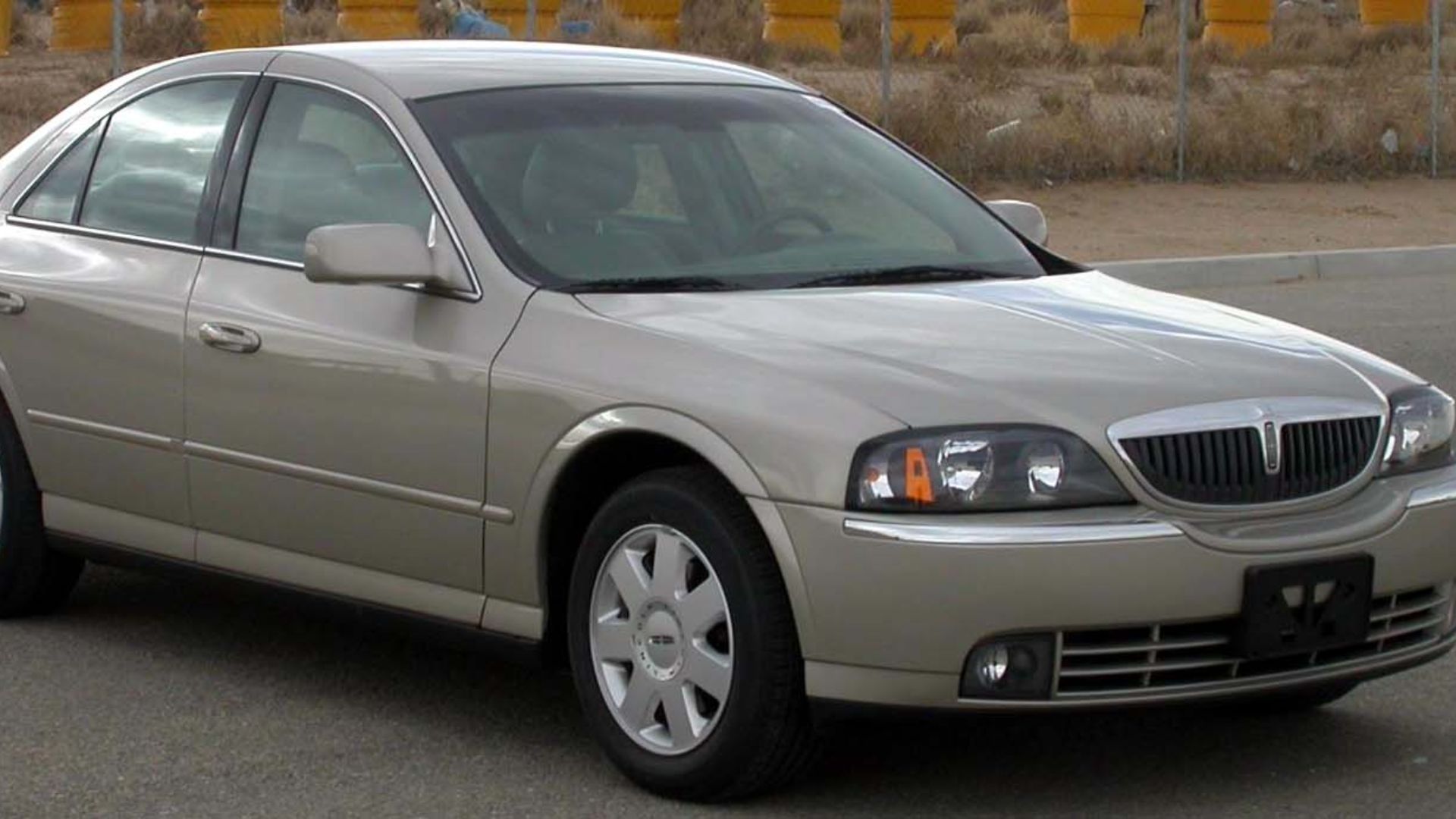 U.S. National Highway Traffic Safety Administration, Wikimedia Commons
U.S. National Highway Traffic Safety Administration, Wikimedia Commons
Dimensions and Stance
All LS models rode on a 114.5-inch wheelbase, with overall length about 193.9 inches through 2005 and 194.3 inches for 2006. Width was 73.2 inches, and curb weight for early models was about 3,692 pounds.
 Stopsign002, Wikimedia Commons
Stopsign002, Wikimedia Commons
Safety Details and Scope
IIHS noted structural changes for cars built after February 2000 and applied its moderate overlap rating to 2000–2006 models. NHTSA’s testing covered frontal, side, and rollover evaluations for the series.
Features by the Mid-2000s
By 2004 the LS offered features typical for its class, including side airbags, traction control, and a broad mix of comfort options. Contemporary buyer guides and spec sheets documented these configurations.
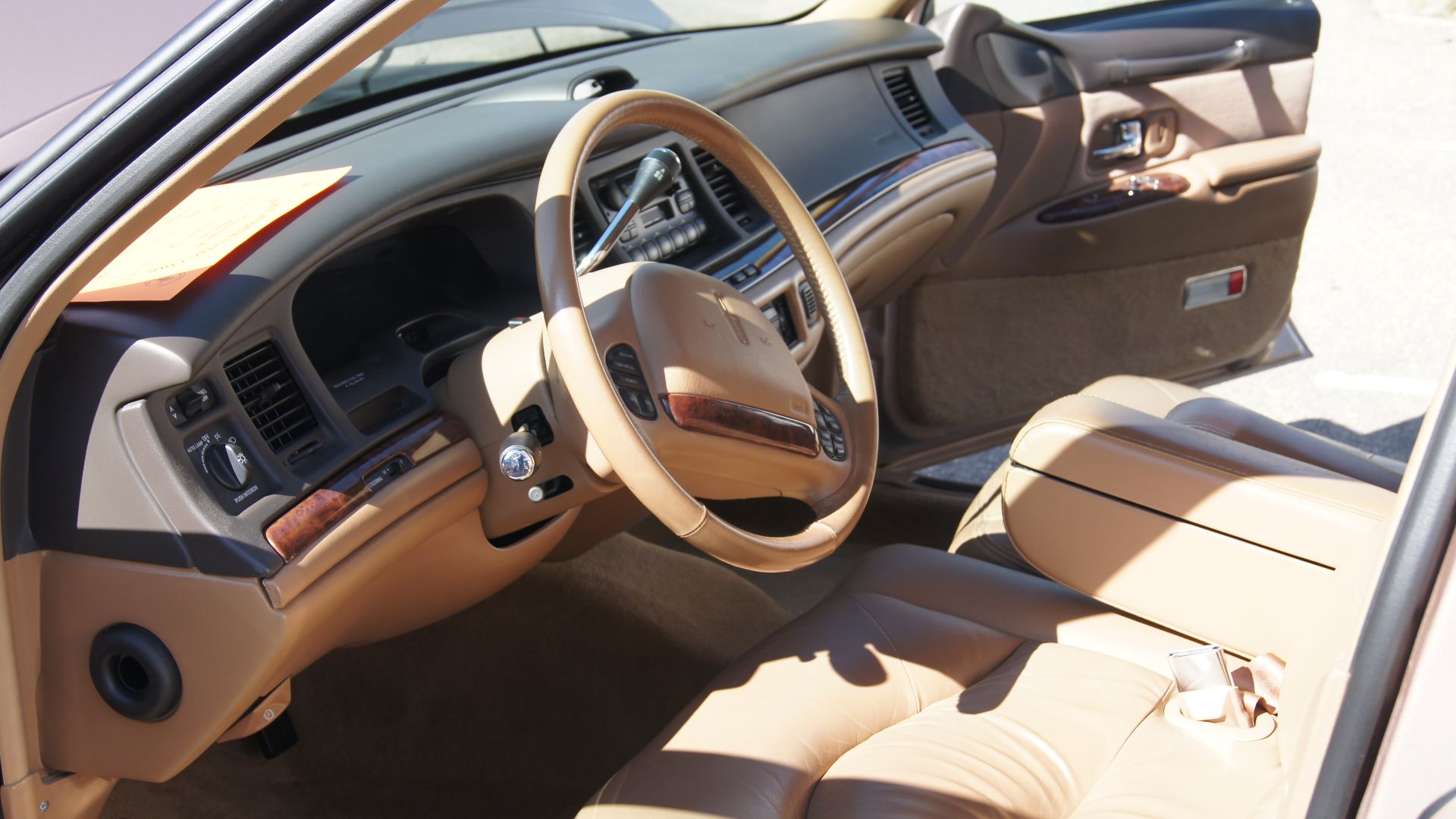 Greg Gjerdingen from Willmar, USA, Wikimedia Commons
Greg Gjerdingen from Willmar, USA, Wikimedia Commons
Pricing and Positioning
Manufacturer pricing varied by year and equipment, with the LS positioned below larger Lincolns and against European and Japanese midsize rivals. Retail sheets from period sources outline the model’s equipment strategy.
Sales Arc in the U.S.
The LS simply never panned out the way that Lincoln hoped. U.S. sales peaked in 2000 at just over 51,000 units and declined through the model’s final years. Over its full production run, Lincoln sold approximately 245,000 LS sedans in the U.S. market.
 MercurySable99, Wikimedia Commons
MercurySable99, Wikimedia Commons
Assembly and Plant Context
Every LS was built at Ford’s Wixom Assembly Plant in Michigan. Production on the once highly-touted vehicle ended on April 3, 2006, as part of Ford’s broader Way Forward restructuring plan.
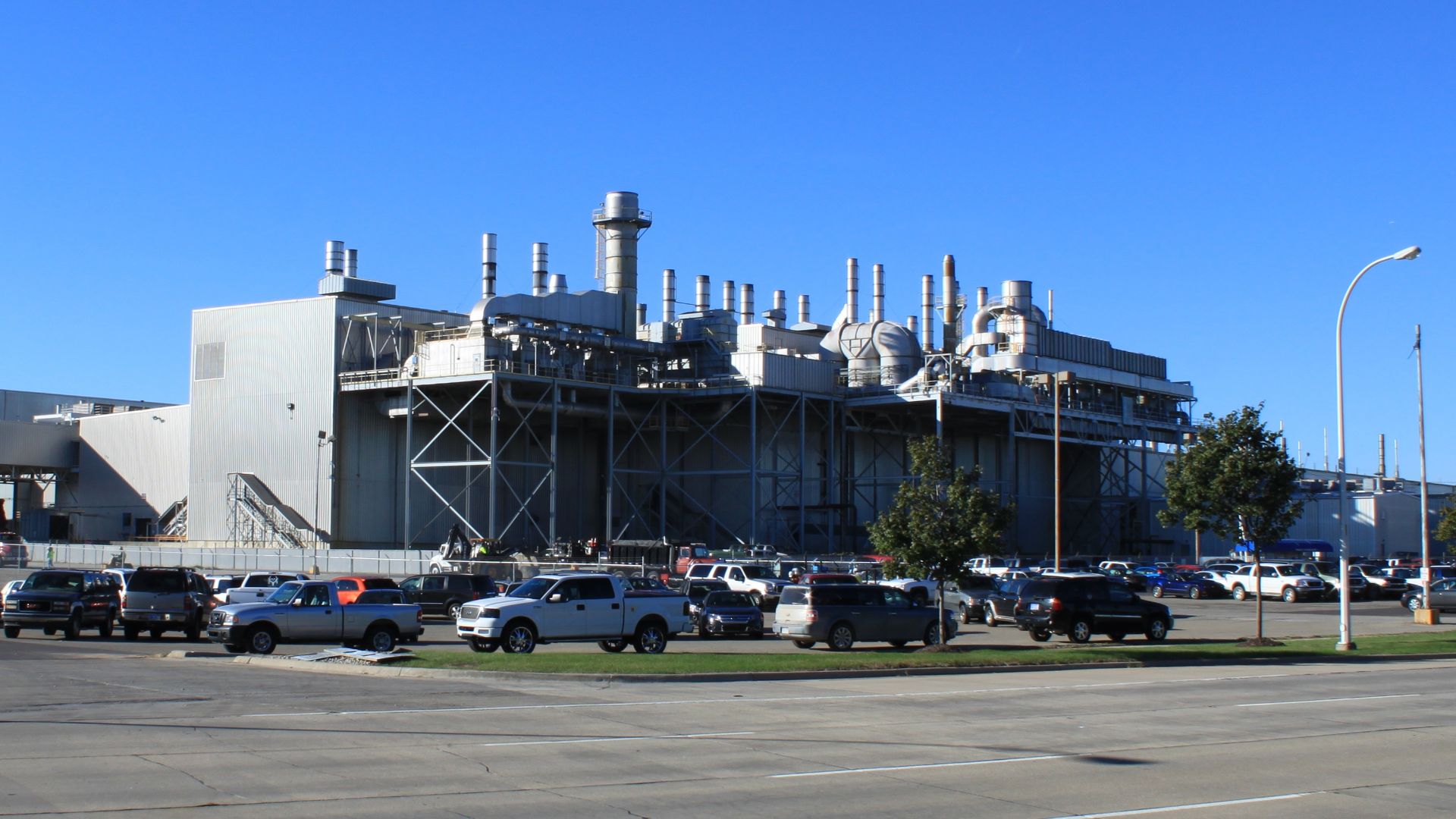 Dwight Burdette, Wikimedia Commons
Dwight Burdette, Wikimedia Commons
Final-Year Changes
For 2006 Lincoln simplified the LS lineup around the V8, making it the only engine available on the final version. That year also incorporated exterior cues that echoed prior appearance packages.
Awards and Notable Milestones
Beyond Motor Trend’s 2000 award, the LS accumulated positive safety recognitions during its run. These public ratings complemented Lincoln’s engineering updates during the 2003 refresh. The ratings clearly weren't the problem.
Shared DNA with Jaguar and Thunderbird
The LS’s platform ties linked it closely to the Jaguar S-Type and Ford Thunderbird, with common underpinnings but distinct tuning and bodywork. The collaboration reflected Ford’s strategy across its Premier Automotive Group era.
 Rudolf Stricker, Wikimedia Commons
Rudolf Stricker, Wikimedia Commons
Powertrain Specifics by Year
Early V8 models were rated at 252 horsepower, rising to an impressive 280 horsepower after 2003, while the V6 climbed from 220 horsepower to 232. The 2003 update also broadened low-rpm torque response on the V8.
Successors and Model Shift
After the LS ended, Lincoln’s sedan lineup pivoted toward the Zephyr, later renamed MKZ, and eventually to the larger MKS. These models moved the brand away from a rear-drive sport sedan formula in that period.
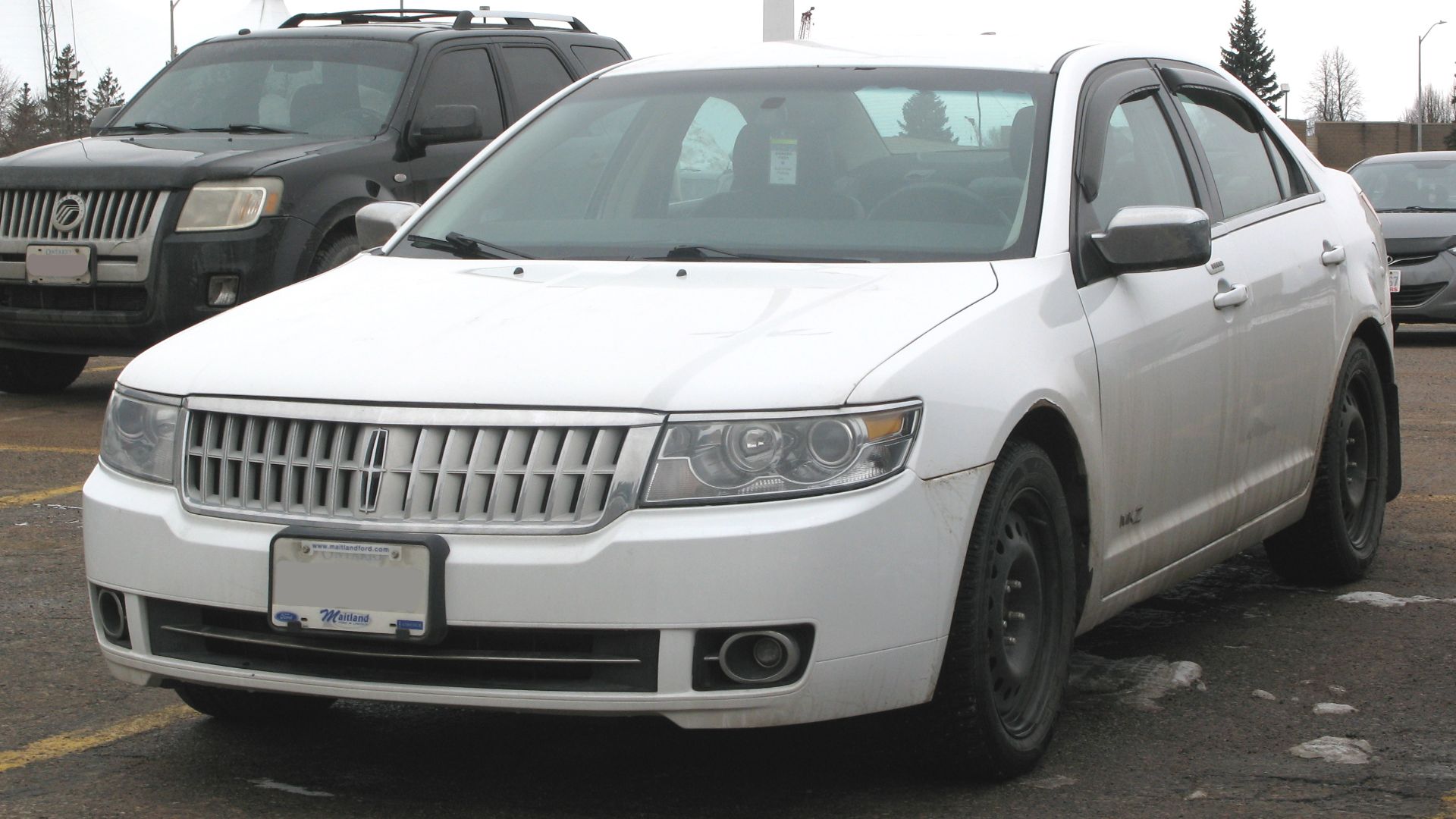 SsmIntrigue, Wikimedia Commons
SsmIntrigue, Wikimedia Commons
The Historical Snapshot
Across roughly seven model years, about 262,900 LS sedans were built, with U.S. sales totaling around 245,000. The LS remains notable for its rear-drive architecture, balanced chassis, and comprehensive 2003 update within Lincoln’s modern history. It filled a role more common in Europe, that seemed to be lacking in America.
But clearly, for whatever reason, the LS didn't offer what Americans were looking for, and now it's a footnote in automotive history.
You May Also Like:
The Dubai Crown Prince’s Off-Road Collection Is Pure Desert Royalty
There's A Hidden Meaning Behind The "98" In The Oldsmobile 98
The Most Iconic Movie Cars & Who Owns Them Today
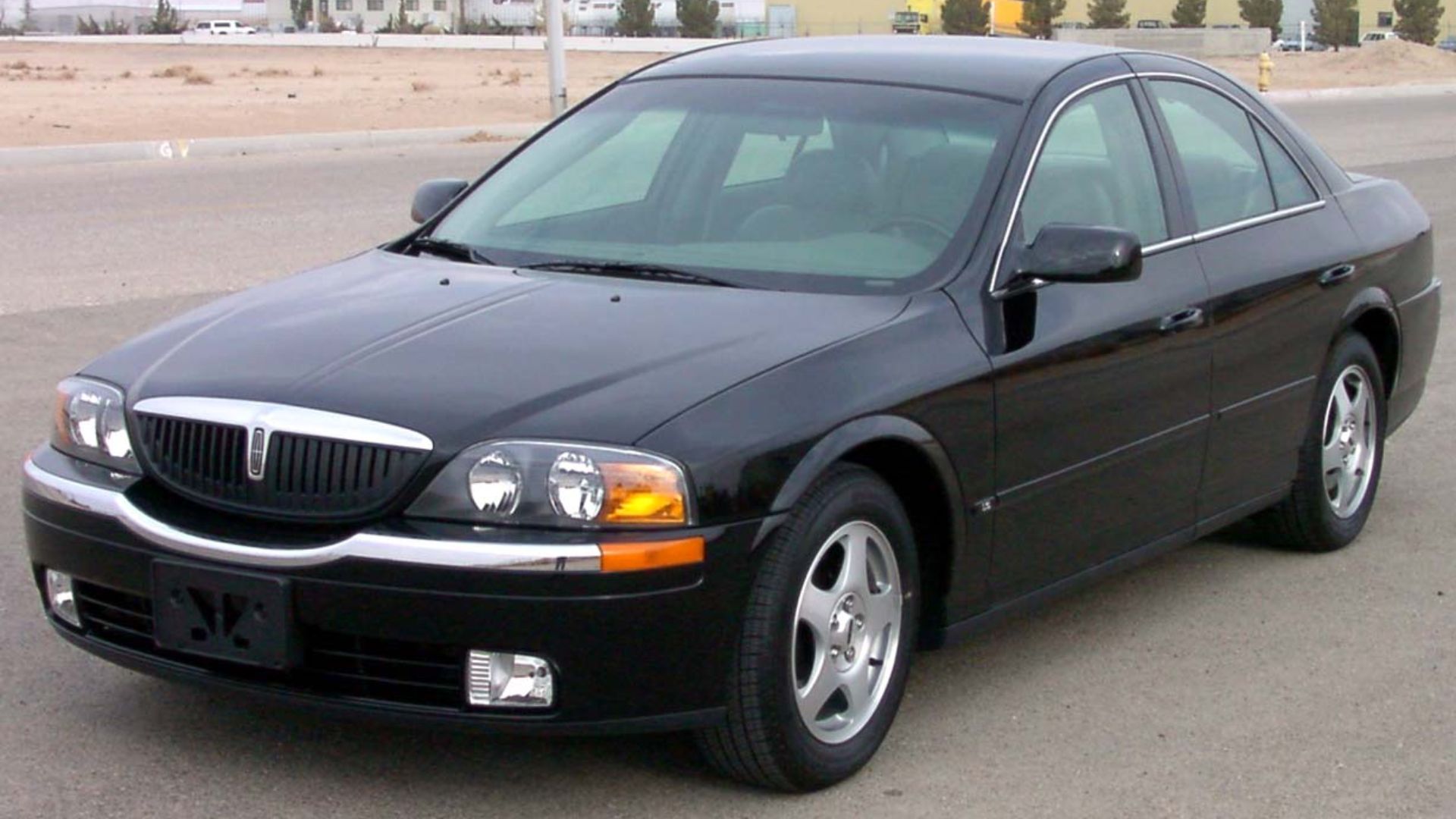 U.S. National Highway Traffic Safety Administration, Wikimedia Commons
U.S. National Highway Traffic Safety Administration, Wikimedia Commons

